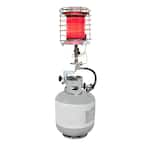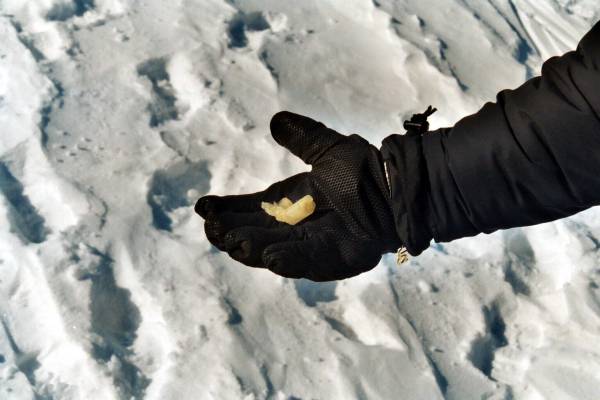fiveoboy01
Pattern Altitude
It's getting cold here. What are come concerns and procedures used to keep the engine happy in the cold? Preheaters, operational procedures, etc???
As well, what if the engine is new? What about cold weather break in?
Engine builder will obviously give me advice.. but I like to gather info from different sources.
Additionally, I noticed that my CHT probes have 4 wires coming out of them, I suspect that they may also be heating probes? One of them spliced into a harness that I plug an extension cord into, and part of that harness goes into the oil pan(pan heater is my guess)... I thought it was a Tanis, but I think those use cylinder bands for heat. Input?
As well, what if the engine is new? What about cold weather break in?
Engine builder will obviously give me advice.. but I like to gather info from different sources.
Additionally, I noticed that my CHT probes have 4 wires coming out of them, I suspect that they may also be heating probes? One of them spliced into a harness that I plug an extension cord into, and part of that harness goes into the oil pan(pan heater is my guess)... I thought it was a Tanis, but I think those use cylinder bands for heat. Input?






